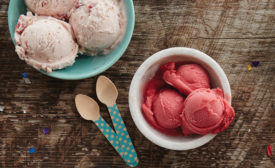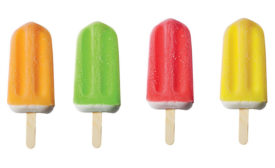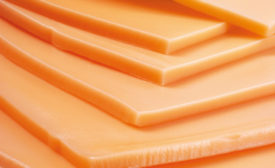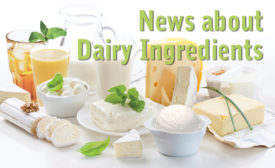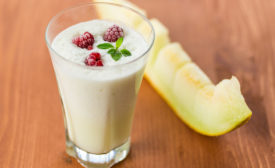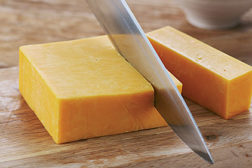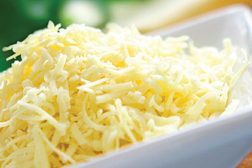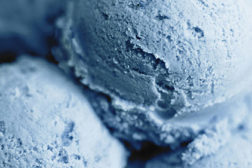Home » Keywords: » dairy colors
Items Tagged with 'dairy colors'
ARTICLES
Supplier news
Sensient Technologies acquires Mazza Innovation
Mazza Innovation’s solvent-free extraction technology enables flavor and color innovation.
July 19, 2018
Supplier news
Sensient Technologies acquires GlobeNatural color business
The acquisition will bolster Sensient Food Colors’ 'seed to shelf' strategy.
February 12, 2018
Tangled up in blue (and other natural colors)
There was a bumper crop of naturally derived blue colors at this summer’s IFT Expo. Suppliers tell how they help dairies formulate with clean-label colorants that also perform effectively in application.
September 2, 2016
In the mix
Ingredient producers showcase new sweeteners, colors, extracts, cultures and more at the 2015 IFT Show in July.
Themes were clean label, natural and healthy.
August 13, 2015
Slingin’ the blues with spirulina extract
For years, dairy formulators had few FDA-approved naturally derived color options in the green-blue-purple range. That has changed with the allowable use of spirulina extract.
September 6, 2014
Get our new eMagazine delivered to your inbox every month.
Stay in the know on the latest dairy industry trends.
SUBSCRIBE TODAYCopyright ©2024. All Rights Reserved BNP Media.
Design, CMS, Hosting & Web Development :: ePublishing
